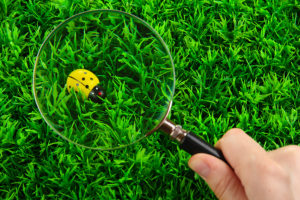
Golf course supers wear many hats--groundskeeper, teacher, financial advisor, staff manager, horticulturist, chemist, dead animal remover even. It's a job that takes a wide skill set. One hat you may not realize you wear is detective. When it comes to turf and pest management success, it’s crucial for a super to be able to solve the crime of “What’s ruining my turf?” It requires regular grounds and pest monitoring, along with some sleuthing skills. So channel your inner Perry Mason and let's figure out what creepy crawly is messing with your greens.
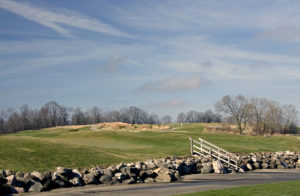 Divots aren't the only types of holes that golf course superintendents have to be mindful of on their greens and fairways. Soil erosion is a real threat as well. And unlike with divots, it's a lot more difficult to repair a hole in your turfgrass that's caused by erosion than it is to repair one caused by a club head.
Divots aren't the only types of holes that golf course superintendents have to be mindful of on their greens and fairways. Soil erosion is a real threat as well. And unlike with divots, it's a lot more difficult to repair a hole in your turfgrass that's caused by erosion than it is to repair one caused by a club head.


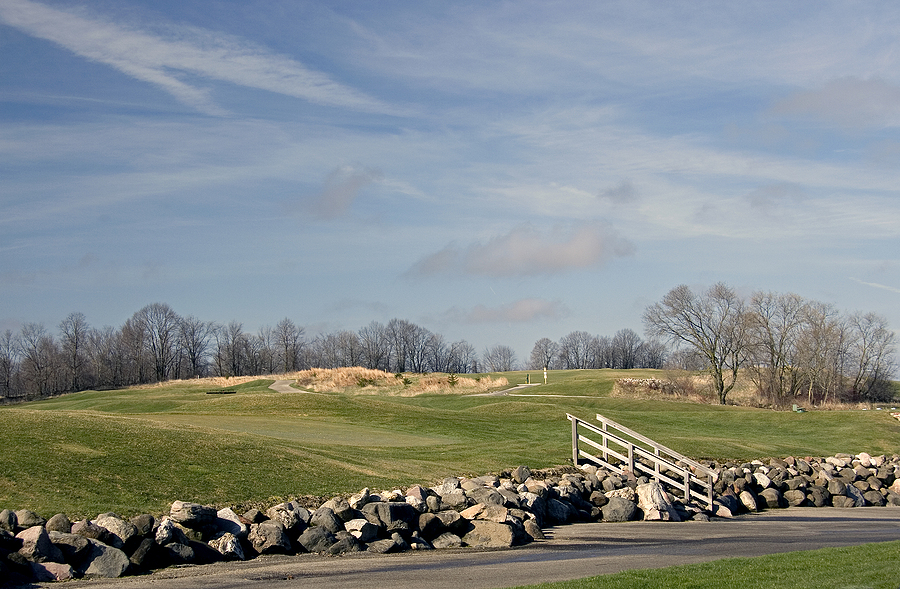
 From land clearing to create them to the regular application of pesticides to keep them looking great, golf courses take their toll on the environment. And when you consider that studies indicate that up to 70% of U.S. consumers prefer doing business with eco-friendly brands—going green isn't just good for the environment, it's also good for business. The good news is that there are plenty of ways you can adjust the way your golf course operates to reduce its carbon footprint and its impact on the environment. Let’s examine ways to make your golf course more sustainable.
From land clearing to create them to the regular application of pesticides to keep them looking great, golf courses take their toll on the environment. And when you consider that studies indicate that up to 70% of U.S. consumers prefer doing business with eco-friendly brands—going green isn't just good for the environment, it's also good for business. The good news is that there are plenty of ways you can adjust the way your golf course operates to reduce its carbon footprint and its impact on the environment. Let’s examine ways to make your golf course more sustainable. 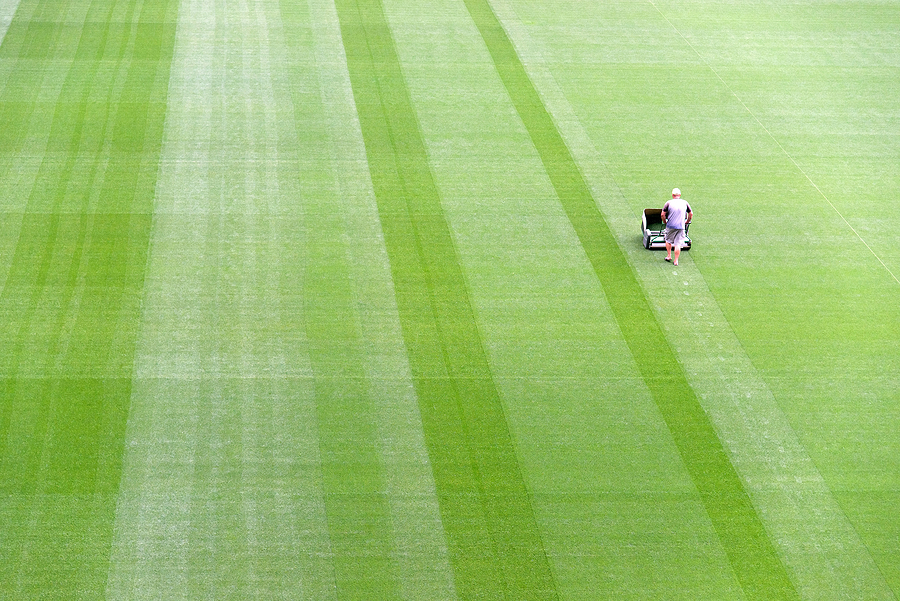
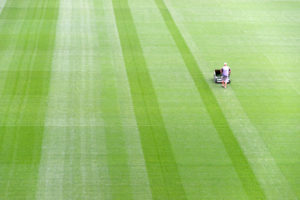 Behind any green, luscious and healthy field of natural grass turf, there's a dedicated management crew that's tasked with maintaining it so it's picture perfect anytime there's a game scheduled. And proper care and maintenance is no easy task in a perfect world, but it can become even more difficult when various intangibles are at play. In this post, we're going to discuss some of the key athletic field care challenges that turf management professionals regularly encounter on
Behind any green, luscious and healthy field of natural grass turf, there's a dedicated management crew that's tasked with maintaining it so it's picture perfect anytime there's a game scheduled. And proper care and maintenance is no easy task in a perfect world, but it can become even more difficult when various intangibles are at play. In this post, we're going to discuss some of the key athletic field care challenges that turf management professionals regularly encounter on 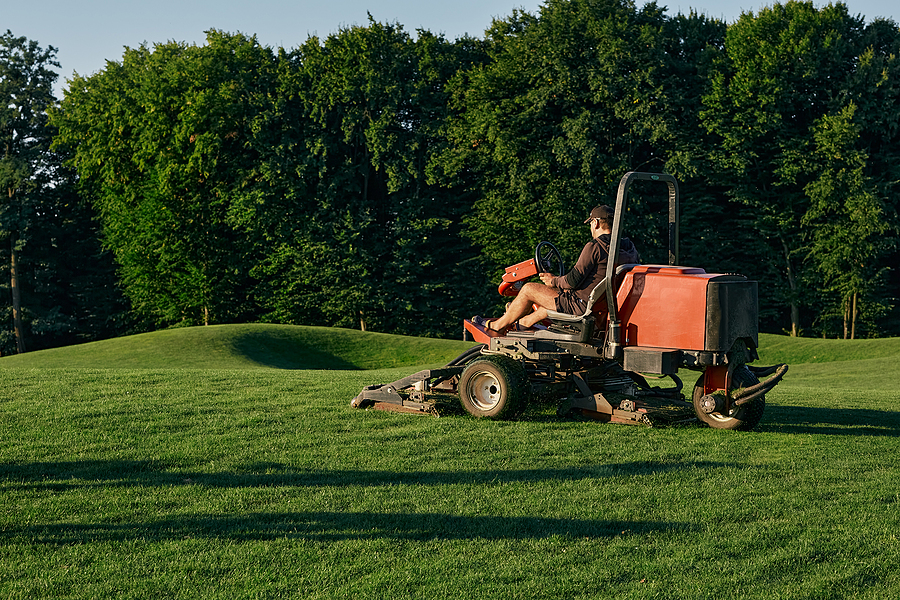
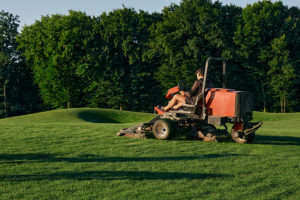 Nobody wants to play golf on a course that’s brown or patchy with grass. And while some turfgrass care tips are obvious (i.e., watering and fertilizing), there are some other hacks that groundskeepers have picked up along the way. Let’s take a closer look at some of the turfgrass tips you need to know—from the basics to some other pointers you may not have heard of.
Nobody wants to play golf on a course that’s brown or patchy with grass. And while some turfgrass care tips are obvious (i.e., watering and fertilizing), there are some other hacks that groundskeepers have picked up along the way. Let’s take a closer look at some of the turfgrass tips you need to know—from the basics to some other pointers you may not have heard of.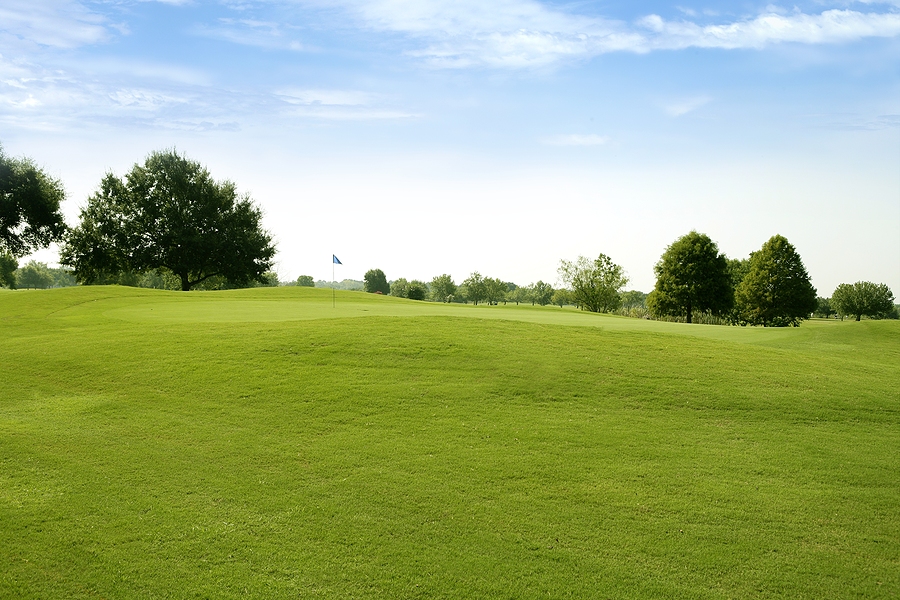
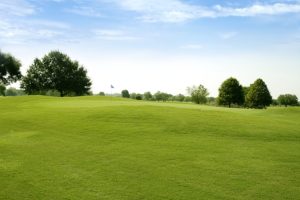 It’s all about the turf. That is truly the slogan for the majority of golf course superintendents. We’re constantly caring for it, worrying about it, and trying to better it. Part of that involves selecting and purchasing products to help improve (and in some cases fix) your course’s turfgrass. But product selection is no easy feat. All too often there isn’t objective research available, so supers are left to make buying decisions based on recommendations from colleagues. All too often the proper testing and evaluation reports are not available. The question then becomes will the product be effective for your turf? Before buying large quantities, it’s therefore important to consider your situation and ask yourself a few questions.
It’s all about the turf. That is truly the slogan for the majority of golf course superintendents. We’re constantly caring for it, worrying about it, and trying to better it. Part of that involves selecting and purchasing products to help improve (and in some cases fix) your course’s turfgrass. But product selection is no easy feat. All too often there isn’t objective research available, so supers are left to make buying decisions based on recommendations from colleagues. All too often the proper testing and evaluation reports are not available. The question then becomes will the product be effective for your turf? Before buying large quantities, it’s therefore important to consider your situation and ask yourself a few questions. 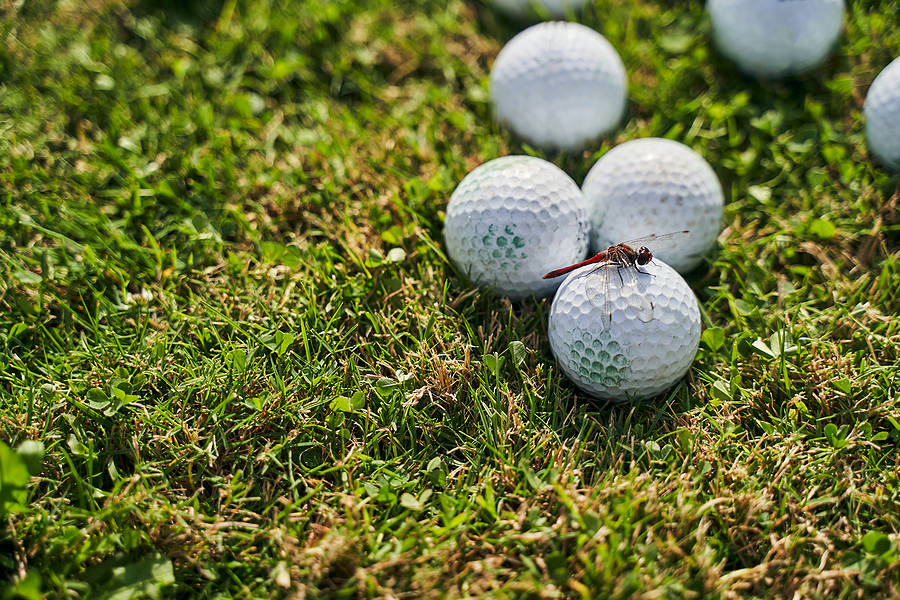
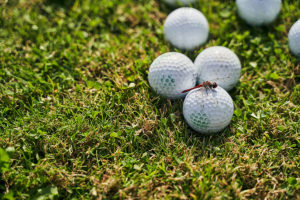 With their lush greens and varied plantings, naturally golf courses are an attractant to insects of all kinds. Which is great—Insects do a lot for a golf course. They
With their lush greens and varied plantings, naturally golf courses are an attractant to insects of all kinds. Which is great—Insects do a lot for a golf course. They 
 Has your golf course already had your spring opening? Were your players able to get in a few early rounds this month already? The weather this spring has granted some areas a couple of warm days, so courses have been able to offer some early bonus days. But with March ending, regular play across the country is set to begin. Is your course ready? Here are some golf course preparation tips to make sure you're ready to go when golfers come calling.
Has your golf course already had your spring opening? Were your players able to get in a few early rounds this month already? The weather this spring has granted some areas a couple of warm days, so courses have been able to offer some early bonus days. But with March ending, regular play across the country is set to begin. Is your course ready? Here are some golf course preparation tips to make sure you're ready to go when golfers come calling. 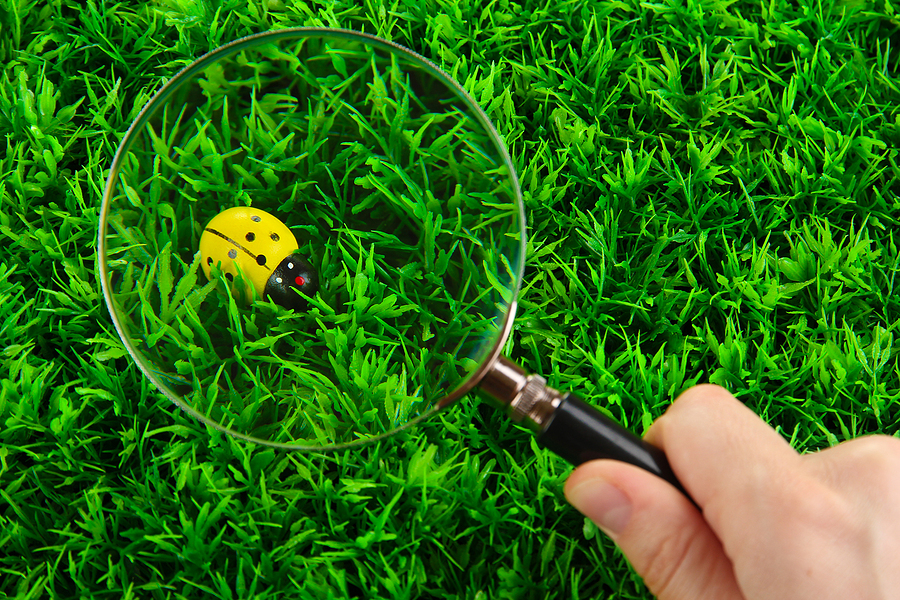
 Golf course supers wear many hats--groundskeeper, teacher, financial advisor, staff manager, horticulturist, chemist, dead animal remover even. It's a job that takes a wide skill set. One hat you may not realize you wear is detective. When it comes to turf and pest management success, it’s crucial for a super to be able to solve the crime of “What’s ruining my turf?” It requires regular grounds and pest monitoring, along with some sleuthing skills. So channel your inner Perry Mason and let's figure out what creepy crawly is messing with your greens.
Golf course supers wear many hats--groundskeeper, teacher, financial advisor, staff manager, horticulturist, chemist, dead animal remover even. It's a job that takes a wide skill set. One hat you may not realize you wear is detective. When it comes to turf and pest management success, it’s crucial for a super to be able to solve the crime of “What’s ruining my turf?” It requires regular grounds and pest monitoring, along with some sleuthing skills. So channel your inner Perry Mason and let's figure out what creepy crawly is messing with your greens. 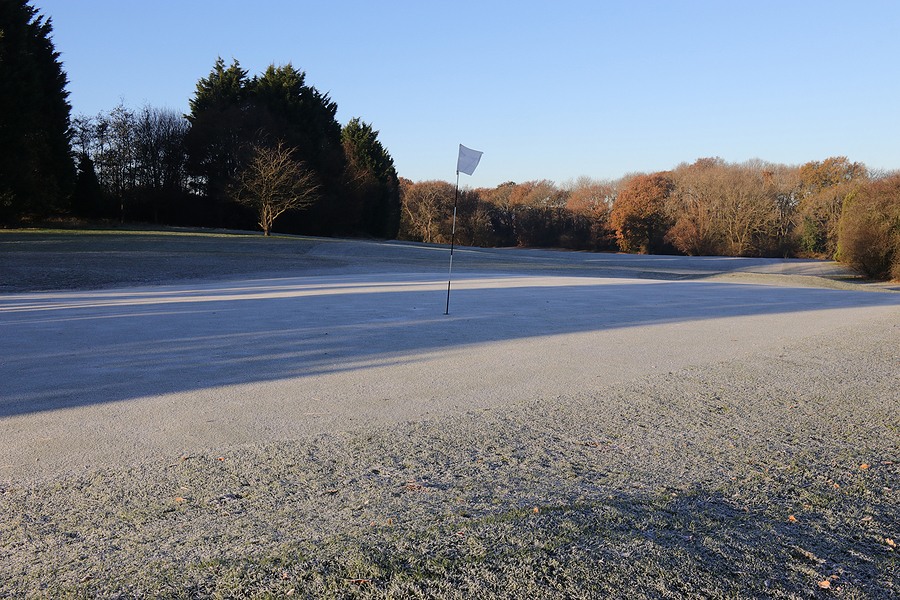
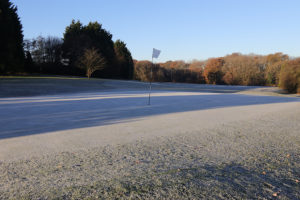 As the pandemic rages on across the country, businesses everywhere are hurting—including golf courses. But now in the North, the weather has turned cold, so playing golf is not as appealing to players as it once was. With the loss of revenue from the past year, it can be tempting for courses to want to push it—keeping their course open longer than usual, hoping for a warmer day here and there so the die-hards may stop by and squeeze in some additional rounds. But keeping the course open through the winter months is hard. There are fewer daylight hours and difficult weather conditions to contend with. What’s a course to do? We have some ideas for you.
As the pandemic rages on across the country, businesses everywhere are hurting—including golf courses. But now in the North, the weather has turned cold, so playing golf is not as appealing to players as it once was. With the loss of revenue from the past year, it can be tempting for courses to want to push it—keeping their course open longer than usual, hoping for a warmer day here and there so the die-hards may stop by and squeeze in some additional rounds. But keeping the course open through the winter months is hard. There are fewer daylight hours and difficult weather conditions to contend with. What’s a course to do? We have some ideas for you. 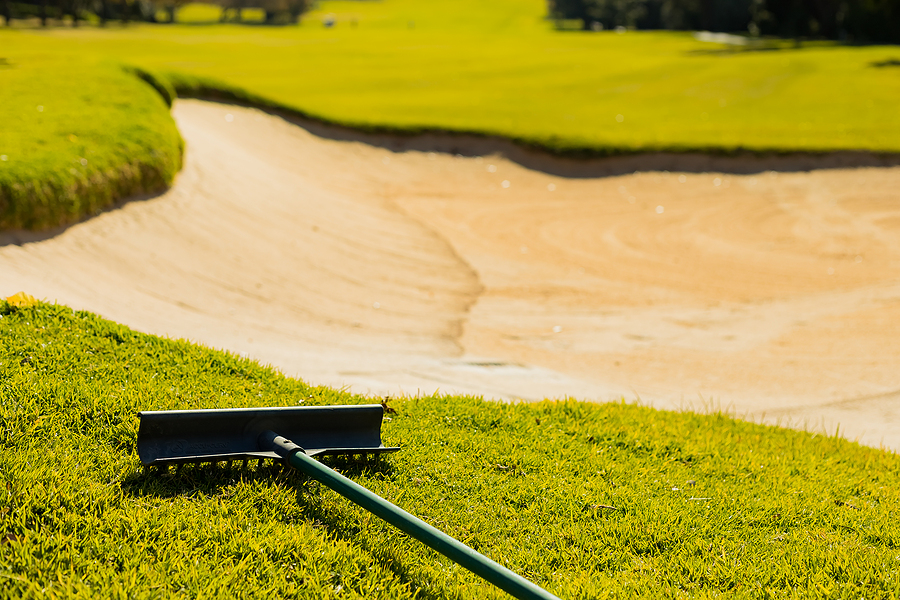
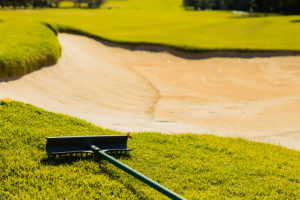 Whether you’re a golfer or a super, you most likely have very strong opinions on the topic of bunkers. For golfers, most groan when they see their ball land in the trap (though there are those times when the player will breathe a sigh of relief because the bunker saved him or her from a worse fate, like out of bounds or a water hazard). For course superintendents, they are a constant frustration due to the high level of maintenance involved and complaints from the membership when they aren’t maintained to their liking. To make matters worse, we now continue to face a global pandemic plus a recession, resulting in bunkers becoming a hot topic for numerous reasons.
Whether you’re a golfer or a super, you most likely have very strong opinions on the topic of bunkers. For golfers, most groan when they see their ball land in the trap (though there are those times when the player will breathe a sigh of relief because the bunker saved him or her from a worse fate, like out of bounds or a water hazard). For course superintendents, they are a constant frustration due to the high level of maintenance involved and complaints from the membership when they aren’t maintained to their liking. To make matters worse, we now continue to face a global pandemic plus a recession, resulting in bunkers becoming a hot topic for numerous reasons.